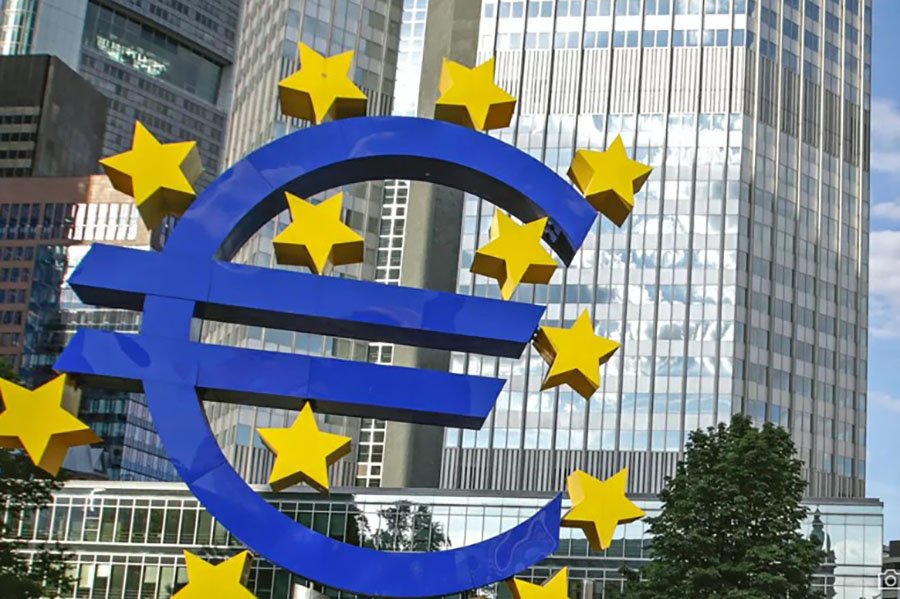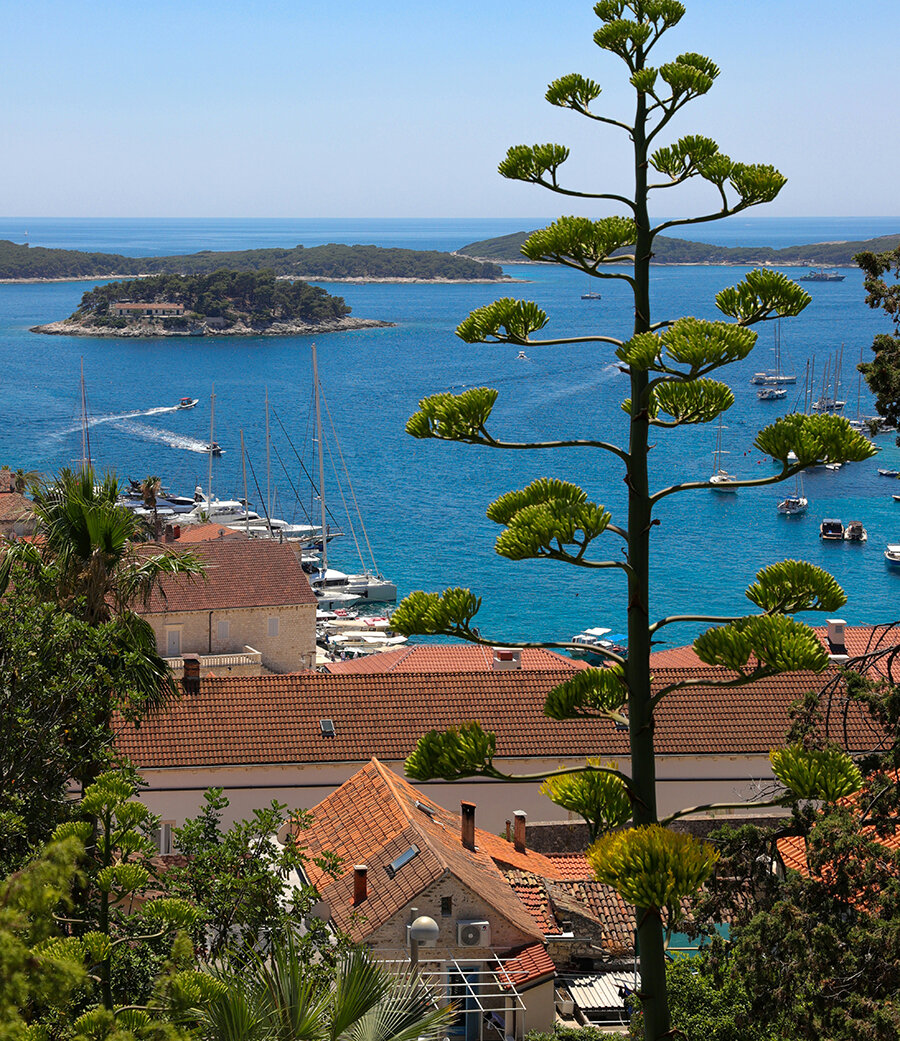читайте также
 Eurozone on Alert: ECB Flags Growing Vulnerabilities in the Financial System
Eurozone on Alert: ECB Flags Growing Vulnerabilities in the Financial System
 Hotel Investment 2025: New Opportunities for the Market — Key Insights from the Cayuga Conference
Hotel Investment 2025: New Opportunities for the Market — Key Insights from the Cayuga Conference
 Vietnam Hit by Record-Breaking Floods: Tourists Advised to Change Their Plans
Vietnam Hit by Record-Breaking Floods: Tourists Advised to Change Their Plans
 WTTC: Travel & Tourism to Create 91 Million New Jobs by 2035 — but a 43 Million Workforce Gap Looms
WTTC: Travel & Tourism to Create 91 Million New Jobs by 2035 — but a 43 Million Workforce Gap Looms
 How Children Receive Residence Permits in Europe: Full 2024 Statistics
How Children Receive Residence Permits in Europe: Full 2024 Statistics
 Cyprus to Introduce Construction Police as Oversight Tightens in 2026
Cyprus to Introduce Construction Police as Oversight Tightens in 2026
Croatia Changes Real Estate Taxes

As of January 1, 2025, new legislation in Croatia has come into effect, significantly impacting the tax burden in the real estate sector, reports Croreal. The changes affect transfer taxes, annual property ownership fees, and rental income taxation. The Croatian Tax Administration (Porezna uprava) states that these adjustments eliminate double taxation in some segments and will contribute to increasing the state budget.
Real Estate Transfer Tax
One of the most significant changes is the reform of the property transfer tax. Until the end of 2024, Croatia applied a flat 3% tax rate on all real estate purchases, regardless of the type, age, or purpose of the property. However, starting from January 1, 2025, a differentiated tax system has been introduced based on property usage:
Primary residence – 3% tax rate remains unchanged to support housing affordability.
Holiday homes or rental properties (tourist accommodation) – 4% tax rate, recognizing the profitability of short-term rentals.
Commercial real estate (offices, shops, industrial buildings) – 5% tax rate, reflecting the higher potential income from such properties.
A government analysis concluded that the higher tax on commercial real estate was primarily introduced to generate additional revenue for the national budget and to limit speculative purchases by foreign corporations.
Rental Income Tax
Another key reform concerns taxation on rental income. Starting in 2025, different tax rates will apply depending on the rental duration:
- Long-term rentals (six months or more per year) – Income tax reduced from 10% to 8%.
- Short-term rentals (typically for tourists) – Tax increased from 8% to 10%.
- This policy aims to address the oversupply of short-term rental properties, particularly in coastal regions, while encouraging property owners to offer more housing for long-term rental to local residents. The Croatian Chamber of Economy expects this measure to increase the availability of apartments for locals and help control rising rental prices.
Annual Property Ownership Tax
A new feature of Croatia’s tax system from January 1, 2025, is the annual property tax, which replaces the previous “communal fee” paid to local municipalities. The new tax is centralized and will be distributed between the national government and local authorities. The base rate varies depending on property type and usage:
Primary residence – 0.2% of the property’s estimated value per year.
Holiday homes and vacation properties – 0.3–0.5%, depending on location (higher rates apply in tourist-heavy areas, such as Dalmatia, Istria, and Dubrovnik).
Commercial properties – 0.4%, with adjustments based on business activity.
The property’s estimated value is determined by local tax authorities based on pricing maps and market statistics. Owners can request a reassessment within 30 days if they believe the valuation is too high.
Real Estate Prices
The most expensive properties in Croatia are located in Istria, where the average price per square meter reached €3,517, an increase of 7.1% compared to last year.
In Primorje-Gorski Kotar County (Kvarner), prices rose 12% to €3,500 per m², the largest percentage increase in Croatia.
In Split-Dalmatia County, the average price stands at €3,490 per m², while in Zadar County, it is €3,390 per m².
In Zagreb, the capital, the average price is €3,071 per m².
According to Croatia’s National Bureau of Statistics, the average net salary in the country is €1,324 per month. A person earning this salary could afford a mortgage of around €570 per month. At a 4% interest rate over 30 years, they could borrow €119,000, enough to purchase a 39 m² apartment in Zagreb.
Many Croatians, particularly young buyers, struggle to purchase real estate due to high prices and mortgage requirements. Banks often require a 10–20% down payment, making it even harder for first-time buyers. Additionally, the rise in interest rates over the past 18 months has significantly increased borrowing costs, further reducing housing affordability.
Housing Affordability and Rental Market Challenges
Croatia is one of the least affordable countries for renting, according to the European Spatial Planning Observation Network (ESPON).
Renting a 100 m² apartment in Dubrovnik-Neretva, Split-Dalmatia, and Šibenik-Knin counties costs more than two average monthly salaries.
In Istria, Osijek-Baranja, Krapina-Zagorje, and Zagreb counties, rent costs between one and two monthly salaries.
In Zagreb and Primorje-Gorski Kotar County, rent consumes 70–80% of the average monthly salary.
Real estate investment is seen as a safe store of value in Croatia, with over 40% of housing stock not used for permanent residence.
Lika-Senj County has the highest share of vacant homes (51%).
Zadar County (43.1%) and Istria (42%) follow closely behind.
Tourism reduces the available housing stock, as many properties are converted into short-term rentals. Foreign buyers, who often pay in cash, also influence the market, with 55% of all real estate transactions in Croatia being cash purchases.
Outlook for 2025
Croatian real estate prices are expected to continue rising, albeit at a slower pace, given the already high prices and reduced affordability for local buyers.
The new real estate taxes could have a mixed impact:
Higher taxes may deter some foreign investors and speculative purchases, potentially stabilizing or slightly lowering prices.
Higher ownership taxes could be passed on to renters, making housing even less affordable.
The majority of foreign buyers in Croatia come from Germany, Austria, and the Czech Republic. The higher 4% transfer tax on vacation homes and annual property tax could reduce short-term investment appeal. However, Croatia remains competitive compared to Spain and Italy, where some property taxes are even higher.
The higher 10% tax on short-term rentals may reduce profitability for tourist accommodations in prime locations. However, the lower 8% tax for long-term rentals may encourage landlords to shift toward longer leases.
The centralized annual property tax will require closer interaction with tax authorities and, in some cases, additional property valuation documentation. However, the Croatian Tax Administration claims that an electronic system will simplify the process.
Experts advise keeping an eye on further legislative changes, as the government has hinted at potential tax indexation based on inflation and market conditions. While a 3–4% difference in transfer tax rates may seem small, long-term investors should carefully consider the impact of annual property taxes on overall profitability.





